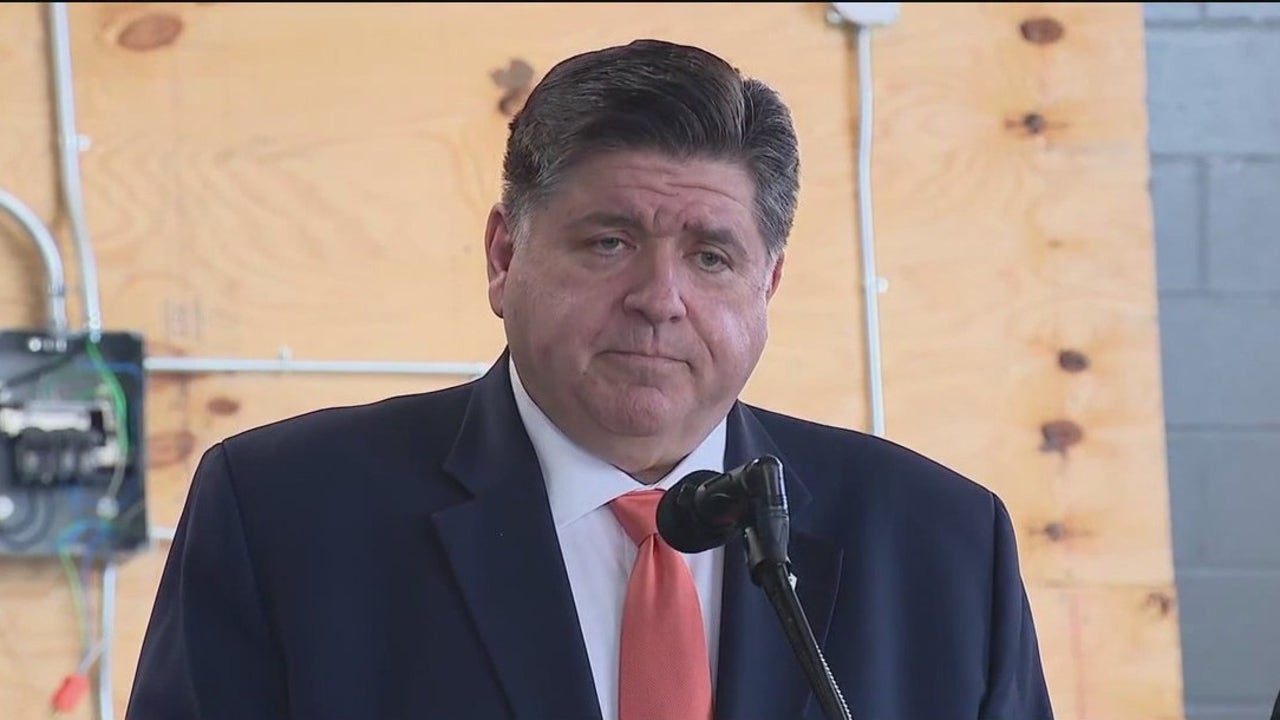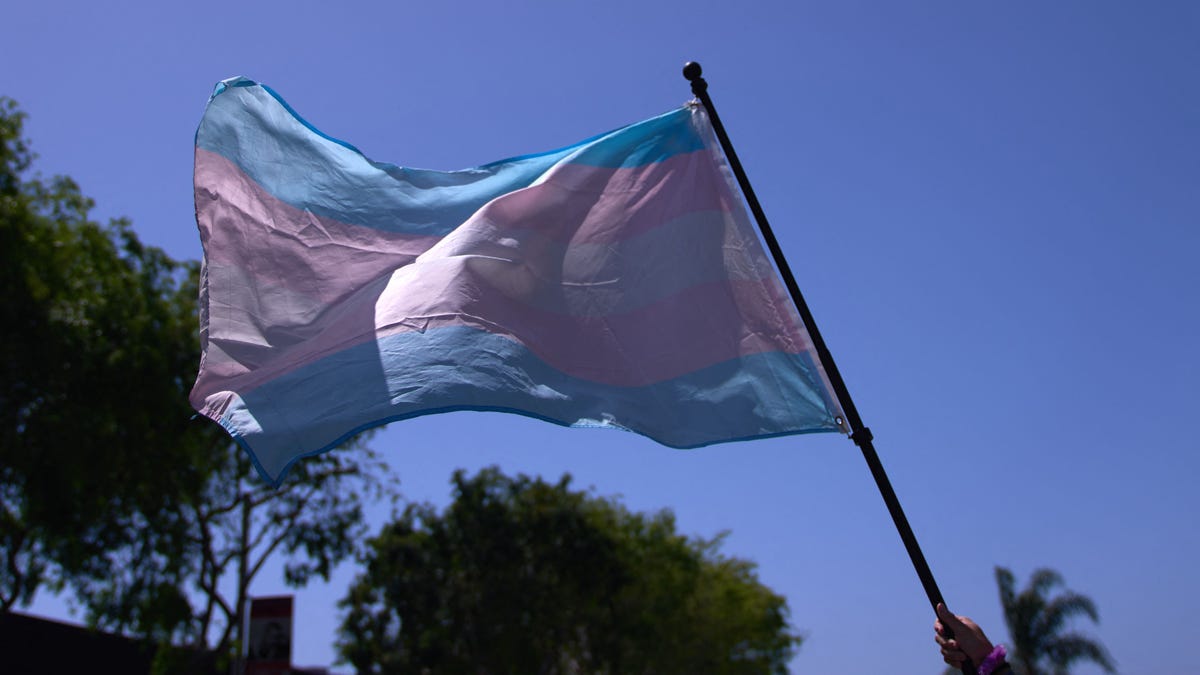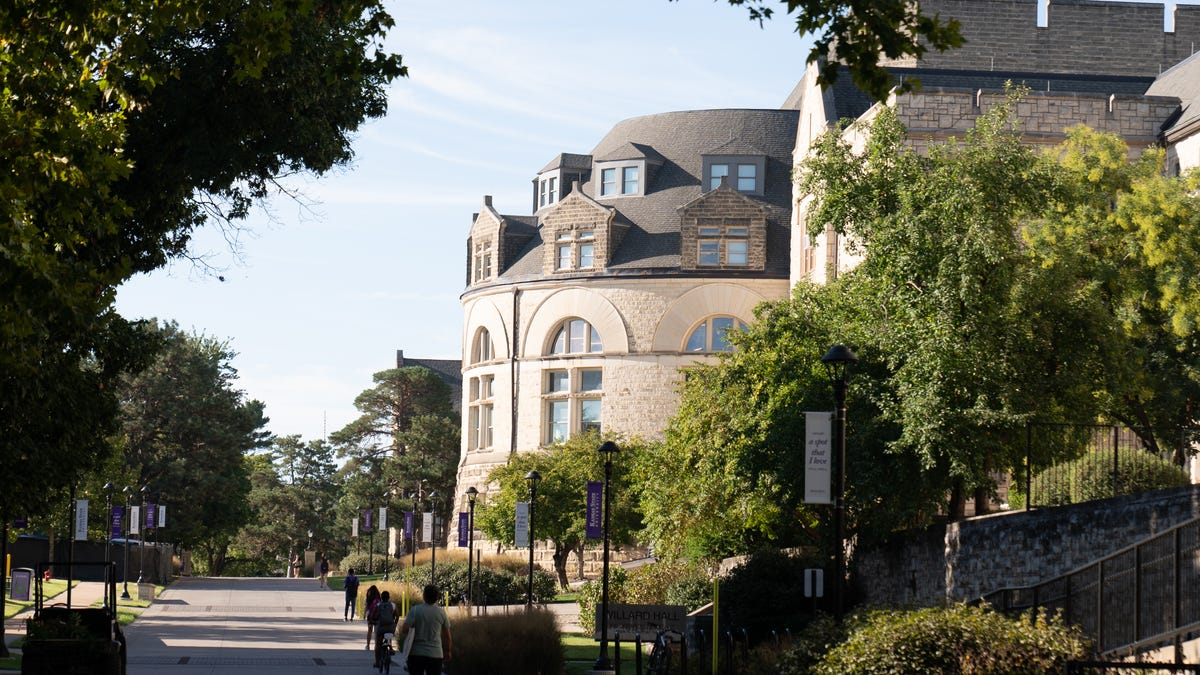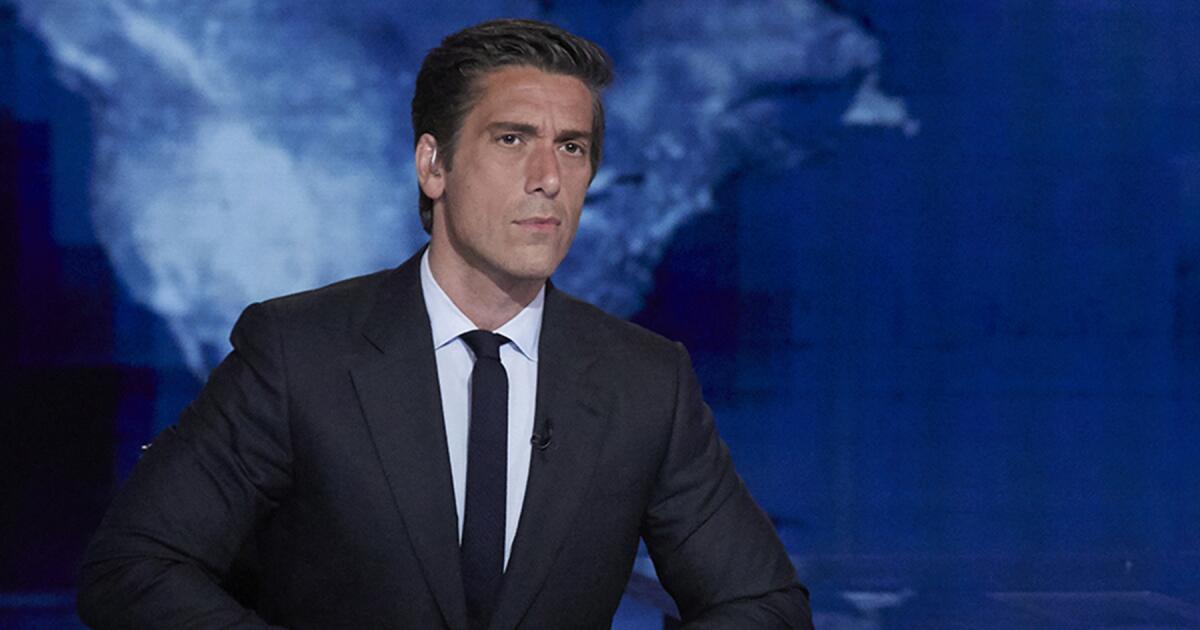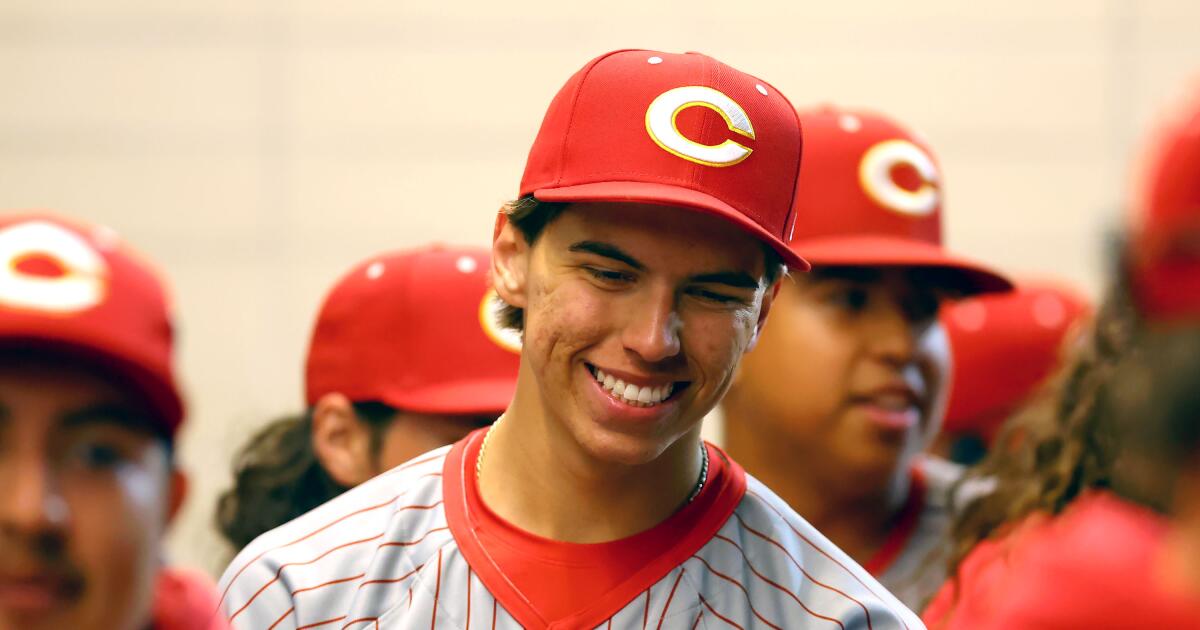Hawaii
How Can You Save What’s Already Gone?

Whenever Ai Hironaka, the resident minister of Lahaina Hongwanji Mission, looks at the widely published photo showing the temple burning, he thanks the photographer. After driving his family out of the fires, he tried to go back and save the Amida Buddha statue, but the wall of heat and smoke held him off. He thinks the photo was taken soon after his retreat, at the moment he looked back and saw the roof of Waiola Church, also in the frame, burning. To him, the picture shows the temple fighting to save what he could not. “You must be in pain,” he tells the temple in the photograph. “You did enough to protect this place. You did enough. You can lie down now.”
All three of Lahaina’s Japanese Buddhist temples, the oldest built in 1926, burned in the August blazes that swept Maui. With their dwindling congregations, rebuilding seemed unlikely. The Lahaina Jodo Mission, after all, had only about 10 families who regularly attended services, and the number of Hawaii’s Japanese Buddhist temples, many dating back to the 1900s, has been declining in the past decades.
In Hawaii, it often feels like we’re on the verge of losing everything. On small islands, so much can be easily wiped out, whether by tiny thrips or large corporations. I think that vulnerability is why a perpetual air of nostalgia pervades Hawaii, why we still give directions using a mango tree that has long been cut down, why in Hawaii alone Longs Drugs keeps its name even though CVS bought the chain more than a decade ago. The past is never gone. We are trying to hang on to what we have already lost, as if it could prevent more from slipping away. But in the beginning of August, we lost Lahaina. In a matter of hours, we lost lives, we lost homes, and we lost some of our most precious anchors to the past. Among them were the Japanese Buddhist temples.
History often focuses on how Christianity changed the islands, but in the early 20th century, Japanese Buddhism was also one of the main religions. Soon after laborers from Japan came to work on the sugar plantations in the late 1800s, the priests followed to bring spiritual comfort in the backbreaking conditions. Hironaka told me that the philosophy of the Hongwanji, a Buddhist sect, was that if the people asked for a temple, the organization would build it. By 1930, Hawaii had more than 170 Japanese Buddhist temples of various sects. But as the Japanese aged and their descendants turned to other religions, or none at all, attendance dwindled and temples shut down. About 50 now remain active.
The Lahaina Hongwanji’s membership, too, is a fraction of what it once was, and yet Hironaka said the Hongwanji will rebuild. People have asked, with skepticism, how many members will really come back. “Why don’t we make a place to go back to first?” he said. He sees the future temple as a beacon of hope, which Lahaina will need after the fire.
On the other side of the town, its grounds facing Baby Beach, the Jodo Mission was the most traditionally styled of Lahaina’s Japanese Buddhist temples. Established in 1912 and moved to its present site in 1931, the mission included a three-story pagoda and main temple that had been constructed using traditional Japanese carpentry, its wood beams joined without nails. A 12-foot-tall bronze Buddha cast in Kyoto survived the August fire.
In the days after the devastation, the temple received a large donation to help rebuild. Maya Hara, the daughter of the Lahaina Jodo Mission’s resident reverend, told me the money came “out of the blue from someone we didn’t know, but whose family was instrumental in building the temple in the first place.” To Hara, it’s proof of a deep spiritual and ancestral connection to the temple, even among those who don’t attend. She said, “I think because of our role and our history and legacy, there’s a lot of nostalgia and wanting to preserve a certain kind of lifestyle.” And yet to think about rebuilding is daunting, even if the intention is there. No one yet knows when they’ll be able to return to the property, or how long the cleanup will take. Months? Years? Long enough, perhaps, for this moment to become a memory, solidly in the past.
Many descendants of the plantation workers talk about the plantation era fondly; modern menus and architecture throughout Hawaii still reference that period—this, even though the conditions were often brutal, bordering on slavery. This, even though these same plantations helped to overthrow the Hawaiian monarchy, even though their land-use practices ultimately left Lahaina vulnerable to wildfires. Nostalgia can be complicated that way. Now some Native Hawaiians are calling for a return to a further past, when people coexisted more closely with the wetlands that once dominated Lahaina. How far back do we go? How far back can we go?
The hardships of the plantation era did help create this place, and some of its most valuable and beloved aspects—including the temples, which during that time also functioned as sites for labor-union organizing and social halls for homesick immigrants. Nostalgia for the Lahaina that no longer exists is already creeping in: Hironaka said that when he hitchhiked back to his car and family after trying to save the statue, he discovered that his son had left to look for him. Fearing that his son was now lost in the smoke, he was turning toward town again when his son emerged. His son had spotted one of the caretakers at Waiola Church, right next to Lahaina Hongwanji, Hironaka told me, and that caretaker had said that Hironaka had already turned back. “That saved my son,” Hironaka said. “How important, the neighbor knows me, knows my family. This is the power of Lahaina’s community.”
One of the islands’ oldest Hawaiian Christian churches and one of its oldest Japanese Buddhist temples burned together. And Hironaka hoped they would rebuild together—to create something new and valuable, from another hardship that now defines this place.

Hawaii
Tesla road-rage driver allegedly assaults teen, mom in Hawaii months after prison release
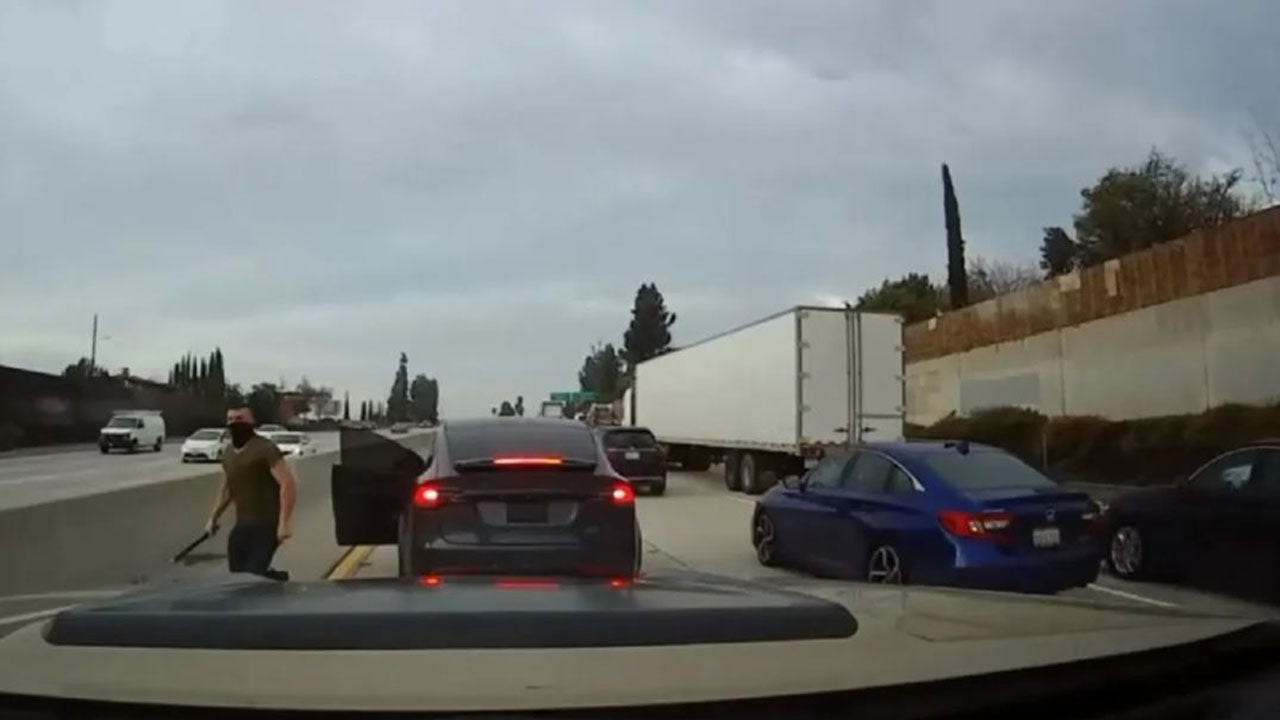
A Tesla driver convicted of committing road rage crimes against motorists in Southern California has been arrested again for a similar alleged attack in Hawaii.
Nathaniel Radimak, 39, was charged after allegedly assaulting an 18-year-old girl and her 35-year-old mother on May 7, the Honolulu Police Department said.
The teen was parking her vehicle downtown when she saw a gray Tesla speeding past, police said.
She and the Tesla driver “exchanged words” before he got out of the Tesla and assaulted the two before taking off from the scene, police said. The suspect vehicle was a 2022 gray Tesla with Oregon license plates.
PIPE-WIELDING TESLA DRIVER CONVICTED FOR CALIFORNIA ROAD-RAGE ATTACKS RELEASED LESS THAN A YEAR INTO JAIL TERM
Nathaniel Walter Radimak, 39, was convicted of attacking several female drivers on Southern California roads. (FOX 11 Los Angeles)
Honolulu Police said they located and arrested Radimak the following day in the Waikiki area.
Radimak was released from prison in August after only serving less than a year of a five-year term after his conviction, a move that outraged his victims. He was sentenced in September 2023 following a spree of violent attacks. He pleaded guilty to assault, vandalism, elder abuse and making criminal threats.
He was known for driving a Tesla and using a pipe to attack the cars of his victims, mostly women.
CALIFORNIA TESLA DRIVER ARRESTED AFTER VIDEO CAPTURES ROAD RAGE ATTACK, AUTHORITIES SAY
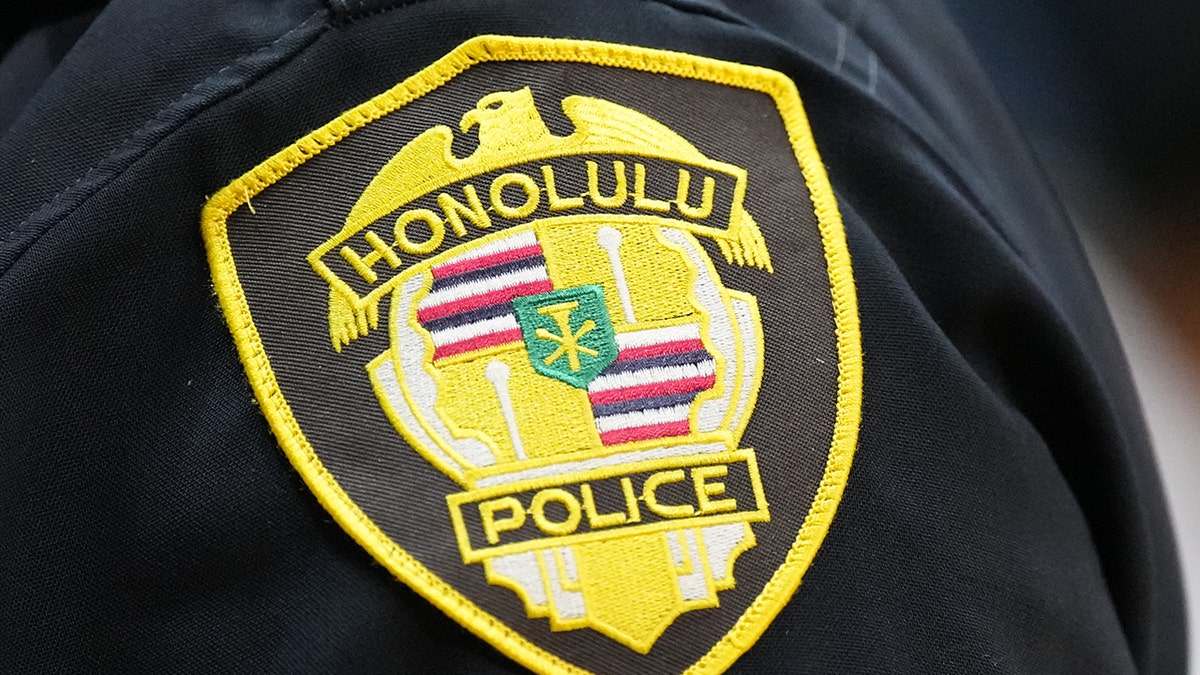
The Honolulu police emblem on an officer’s shirt in November 2023.
The California Department of Corrections and Rehabilitation told Fox News Digital that Radimak was granted 424 days credit for time served while he was awaiting his sentence. He was also eligible for opportunities to earn credit for good behavior while he was incarcerated.
“Radimak was released to parole supervision in Los Angeles County on Aug. 28, 2024, after serving his full sentence as defined by law,” a CDCR statement said.

Nathaniel Walter Radimak is known for driving a Tesla when attacking his victims, police say. (California Highway Patrol)
CLICK HERE TO GET THE FOX NEWS APP
Radimak’s bail in Hawaii was set at $100,000 after being charged with unauthorized entry into a motor vehicle in the first degree and two counts of assault in the third degree. He was also arrested on a “no-bail parole revocation warrant,” police said.
Fox News Digital’s Louis Casiano and The Associated Press contributed to this report.
Hawaii
Hawaii Attempting to Schedule UCLA Game at NFL Stadium

The Los Angeles Rams and the state of Hawaii have been working together, with the Rams and the Hawaii Tourism Authority pushing new initiatives to help the tourism industry in the islands. As a result, Hawaii governor Josh Green, M.D., led a delegation to Los Angeles in a press conference with the franchise.
However, new developments regarding the use of SoFi Stadium have come out with the belief Hawaii will try and move their home game against UCLA in 2027 to SoFi.
According to KITV.com’s Duane Shimogawa, the state of Hawaii is attempting to negotiate a deal with the Rams to allow the University of Hawaii football team to play a game at SoFi. The state of Hawaii is also in discussions with the Raiders, but they haven’t gone beyond introductory talks.
“Nothing’s confirmed yet, but it certainly has the tentative green light to start working on the discussion, and that home game with UCLA works perfectly into this schedule timeframe,” director of the Department of Business, Economic Development and Tourism James Tokioka told KITV 4 Island News.
Hawaii is expected to host the UCLA Bruins in 2027 and then travel to the Rose Bowl in 2028. The Bruins and the Hawaii football program have a relationship with the two schools facing off against each other on multiple occasions over the past 50 years.
The school’s legendary head coach Dick Tomey came to Hawaii, being hired from Terry Donahue’s staff at UCLA, the Bruins opened up their 2024 season against Hawaii on island, and UCLA’s defensive coordinator Ikaika Malloe is a native of Hawaii and recruits the region.
Hawaii doesn’t have a permanent stadium after legendary Aloha Stadium, the former home of the NFL’s Pro Bowl, was condemned following the 2020 season. Thus, they could use the opportunity. UCLA played Hawaii in Hawaii’s makeshift on-campus stadium.
Several teams have cancelled non-conference games at Hawaii due to travel concerns, conference realignment, and their new stadium.
When Aloha Stadium was in full use, Hawaii used to average at least one Power Five opponent per season, using home-and-home series to schedule them.
SoFi is roughly half the distance to UCLA as the Rose Bowl is to UCLA.
The last time UCLA played at SoFi, it was in a victorious effort over Boise State in the 2023 LA Bowl.
Ensure you follow on X (Twitter) @UCLAInsideronSI and @tcav30 and never miss another breaking news story again.
Please let us know your thoughts when you like our Facebook page WHEN YOU CLICK RIGHT HERE.
Hawaii
Drug companies to pay Hawaii $700 million to settle Plavix blood thinner lawsuit

HONOLULU — Pharmaceutical companies have agreed to pay Hawaii $700 million to settle its lawsuit over the efficacy and safety of the blood thinner Plavix, the state attorney general’s office announced Friday.
A court ruling last year ordered Bristol Myers Squibb Company and three U.S.-based subsidiaries of French pharmaceutical company Sanofi to pay a combined $916 million.
But before an appeal was decided, a settlement was reached for the lower amount, the attorney general’s office said.
In a joint statement, the companies said they “are pleased to resolve this litigation, and to continue their companies’ focus on discovering, developing, and delivering innovative medicines to patients.”
“Plavix has helped millions of people with cardiovascular disease around the world for nearly 30 years and it continues to be endorsed as a first-line therapy by leading treatment guidelines across the globe,” the statement added.
First Circuit Court Judge James Ashford found that there was a risk that about 30% of patients, particularly non-Caucasians, might have a “diminished response” to Plavix but the companies did not update their labels, Attorney General Anne Lopez said last year.
Neither company has admitted wrongdoing.
Gov. Josh Green called it a “landmark settlement” and a “major victory” for the state.
The settlement divides the $700 million equally between Bristol Myers Squibb and Sanofi, with the funds to be paid by wire transfer by June 9, the attorney general’s office said.
-

 Technology1 week ago
Technology1 week agoSpotify already has an app ready to test Apple’s new rules
-
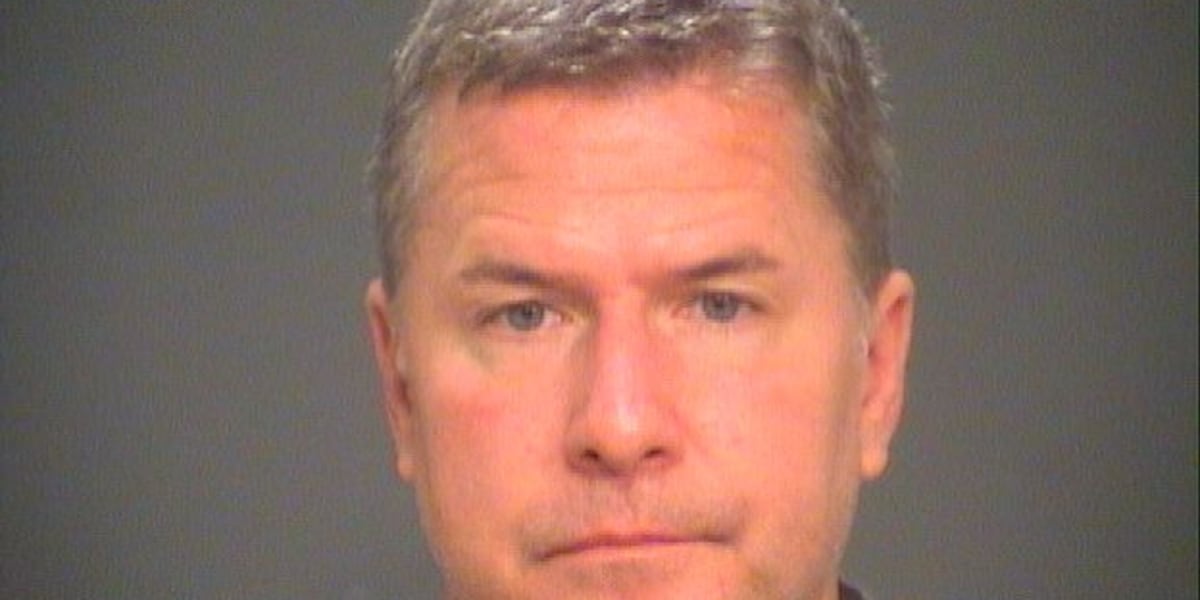
 Cleveland, OH1 week ago
Cleveland, OH1 week agoWho is Gregory Moore? Former divorce attorney charged for murder of Aliza Sherman in downtown Cleveland
-

 News1 week ago
News1 week agoU.S. and China Dig In on Trade War, With No Plans for Formal Talks
-
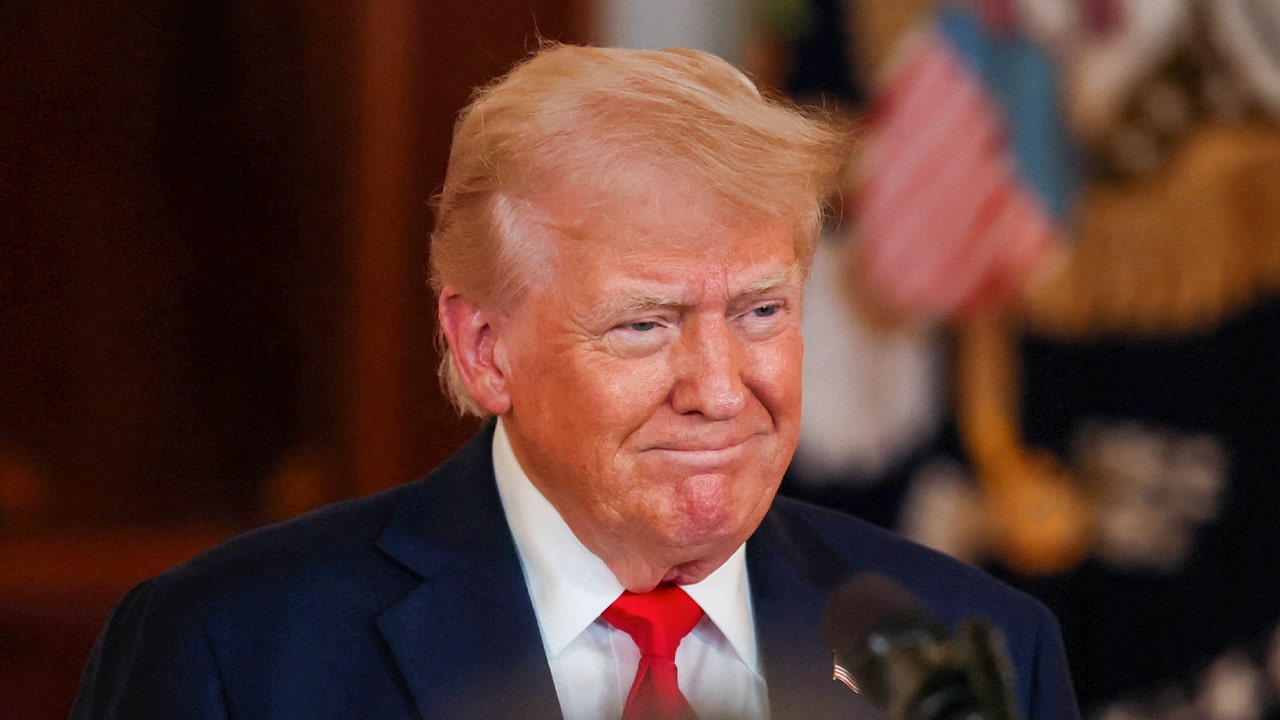
 Politics1 week ago
Politics1 week agoTrump posts AI image of himself as Pope amid Vatican's search for new pontiff
-
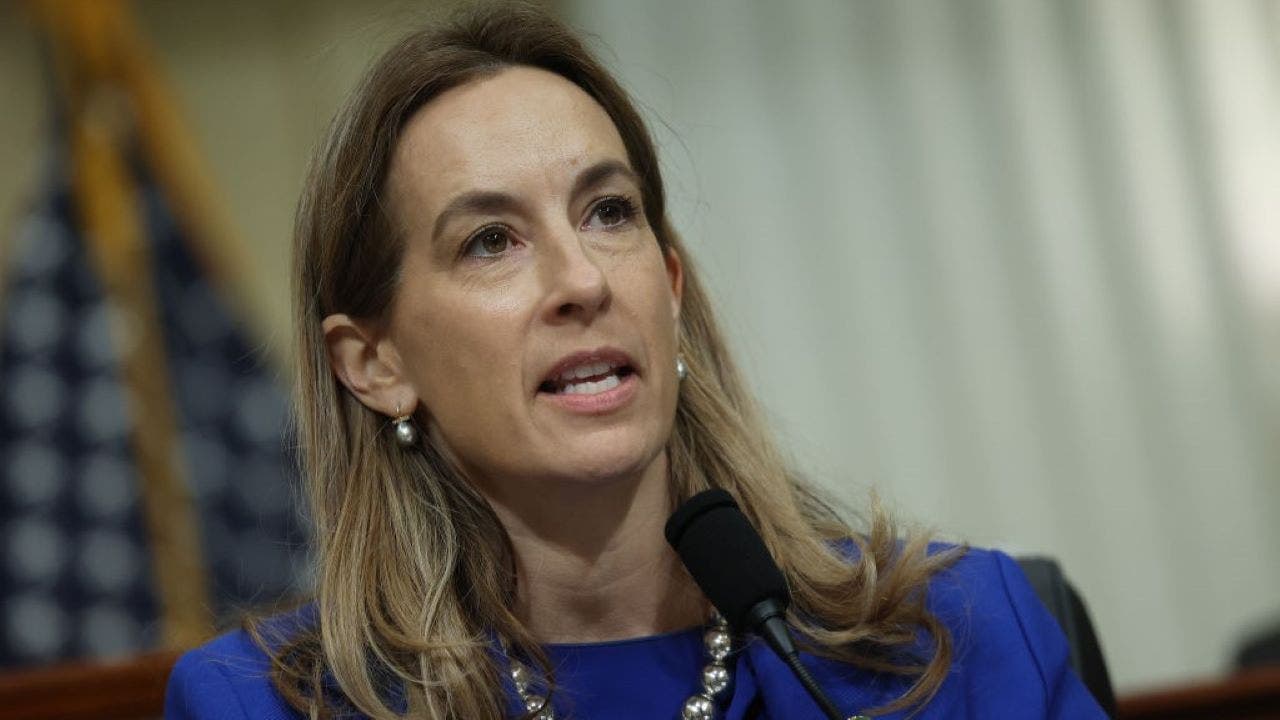
 Politics1 week ago
Politics1 week agoRep. Mikie Sherrill suggests third Trump impeachment as she campaigns to be next New Jersey governor
-

 News1 week ago
News1 week agoFamily of 8-Year-Old Migrant Girl Who Died in U.S. Custody Seeks $15 Million
-

 News1 week ago
News1 week agoAre Politicians Too Old? California Democrats Want to Debate an Age Cap.
-

 Movie Reviews1 week ago
Movie Reviews1 week ago‘Thunderbolts*’ review: Marvel’s most entertaining movie in ages
